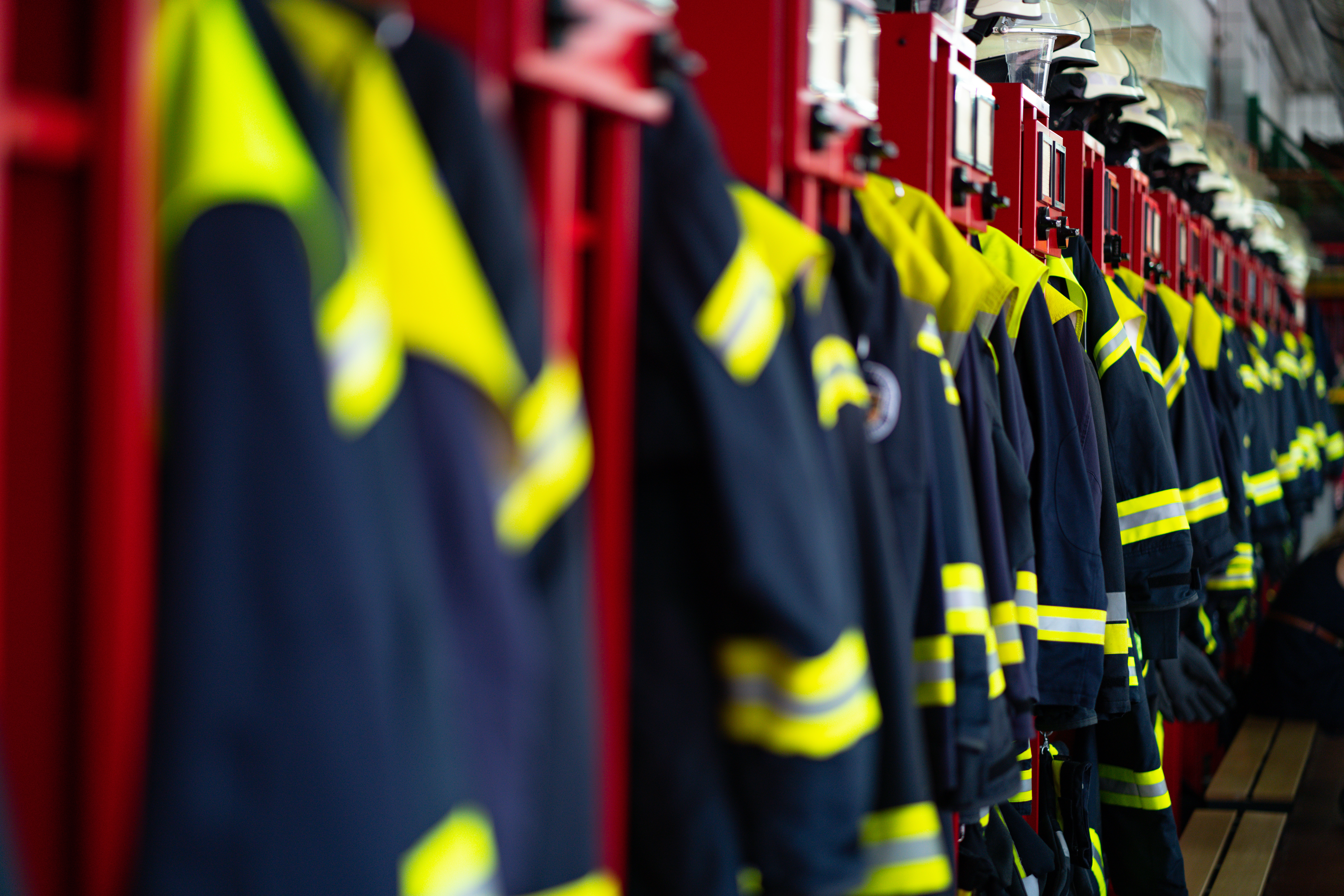UNSW Canberra researchers seek to improve firefighters’ protective clothing
It’s one of the most dangerous occupations in the world, yet firefighters continue to work in protective clothing that is not well understood.
It’s one of the most dangerous occupations in the world, yet firefighters continue to work in protective clothing that is not well understood.

It’s one of the most dangerous occupations in the world, yet firefighters continue to work in protective clothing that is not well understood.
A literature review led by UNSW Canberra researchers has identified where there might be room for improvement in these uniforms and how firefighters might be better protected when they put their lives on the line.
Senior Lecturer Maryam Ghodrat and co-authors Farshad Shakeriaski from UNSW Canberra and David James Nelson from the University of Sydney looked at numerous studies in the area of firefighters’ protective clothing (FFPC) over the past two decades.
Air gaps between the skin and the firefighter’s suit, and an appropriate balance between protection and comfort, were identified as areas that could be addressed.
“Designing protective clothing for firefighters is a challenging task as it requires making a compromise between two critical but conflicting factors: maximising thermal protection and minimising heat strain,” Dr Ghodrat said.
“Thermal protection is certainly the main concern; though, its impact on metabolic heat stress is also a significant consideration. Therefore, FFPC needs to be made with a balance of these two aspects.”
Dr Ghodrat said one of the most challenging areas is heat and moisture transport in firefighter clothing, which is affected not only by material properties, such as fabric thickness, weight, and air permeability, but also by design, size and the way a garment is worn.
Phase Changed Materials (PCMs) were identified as a material that can be used in FFPCs to regulate heat. These materials are latent thermal storage substances that experience little temperature variation during the phase change process (when matter changes between solid, liquid or gas).
“Adding PCMs layers to a typical FFPC can increase the time of second-degree burns and reduce the severity of the burns,” Dr Ghodrat said.
“Many studies tried to enhance the thermal protection of FFPC along with a balance of comfort by using aerogel, PCMs or a combination of both but there are inconsistencies as to what the optimal choice of these materials should be for a realistic heat exposure scenario, such as bushfire or mega blaze.”
The researchers also found that having air gaps between the skin and the firefighter’s suit has a major impact on the level of protection FFPC can provide.
“Decrease in the size of the air gap would increase the conductive heat transfer from the fabric system to the body and therefore decreases protective efficiency,” Dr Ghodrat said.
Testing was also flagged as an area that could be improved.
“In principle, ready-made garments should be tested in conditions similar to actual use, so tests that take into account real wearing situations are necessary,” Dr Ghodrat said.
‘Experimental and numerical studies on efficiency characterisation of firefighters' protective clothing: a review’ was published by The Journal of The Textile Institute.